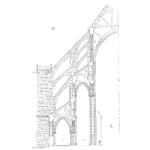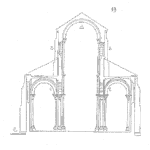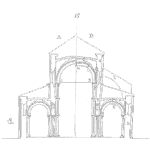
Maintaining high reliability or availability is a marked advantage for any system. A system that achieves the ability to avoid system downtime due to a single failure event, is essential in many applications. Yet, the fault tolerant capability comes at a price.
A system that achieves the ability to avoid system downtime due to a single failure event, is essential in many applications. Yet, the fault tolerant capability comes at a price.
Here is a short list and brief description of fault tolerant design disadvantages:
Masking or obscuring low-level failures
The nature of a fault tolerance design is to continue to operate normally even with a component failure.
Thus if the ability to detect a component failure relies on a loss of function or capability, it may be difficult to detect the failure. This sets the stage for a second component failure to cause a system downing event. [Read more…]













